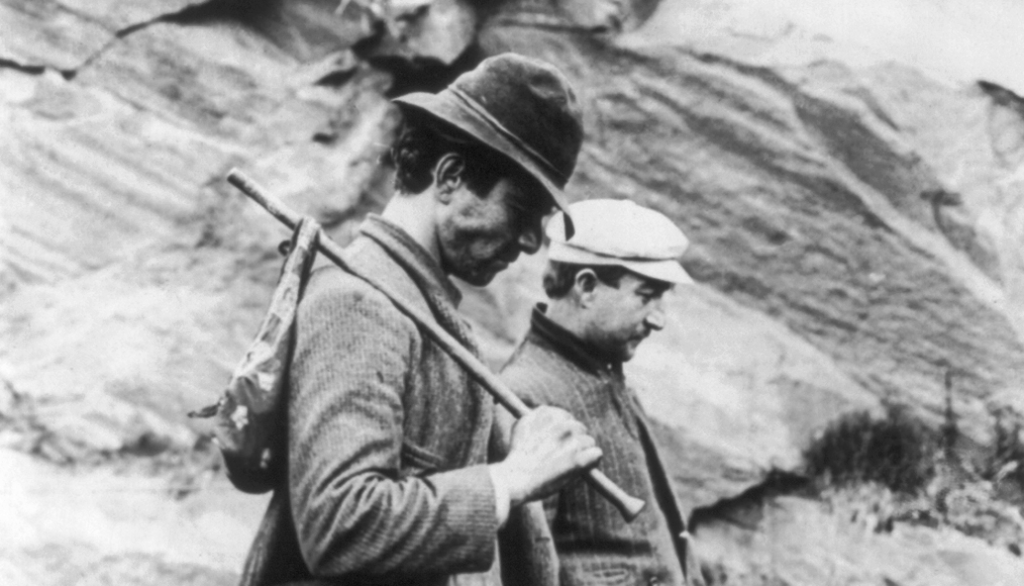It’s fruitcake weather, so bust out your hankies.
You’ll need them by the end of this 1966 television adaptation of Truman Capote’s autobiographical 1956 story, “A Christmas Memory,” above.
As holiday specials go, it’s blessedly free of razzle dazzle. Capote’s Depression-era Christmases in rural Alabama were short on tinsel and long on windfall pecans.
Combined with flour, sugar, dried fruit, and some hard-purchased whiskey, these gifts of nature yielded delicious cakes the main characters send to a long list of recipients ranging from FDR to a young man whose car broke down in front of their house, who snapped the only photograph of the two of them together.
The nostalgia may feel a bit thick at times. Both the story and the hour-long adaptation are a love letter to an eccentric, much older cousin, Nanny Rumbley Faulk, known as Sook. She was part of the household of distant relations where Capote’s mother, Lillie Mae, spent a portion of her childhood, and on whom she later dumped the 3‑year-old Truman.
Sook was “the only stable person” in his life, Capote told People magazine thirty years after her death.
And according to Capote’s aunt, Marie Rudisill, “the only person that Sook ever cared anything about was Truman.”
Her interests, while not in keeping with those of a lady of her time, place, race, and class, held enormous appeal for a lonely little boy with few playmates his own age. Believing in ghosts, taming hummingbirds and curing warts with an “old-time Indian cure” are just a few of Sook’s hobbies he mentions in the story, wherein her only name is “my friend.” She is:
small and sprightly, like a bantam hen; but due to a long youthful illness, her shoulders are pitifully hunched. Her face is remarkable–not unlike Lincoln’s, craggy like that, and tinted by sun and wind; but it is delicate too, finely boned, and her eyes are sherry-colored and timid.
Actress Geraldine Page, then 43 and a favorite of Capote’s contemporary, playwright Tennessee Williams, imbued the “sixty-something” Sook with wide eyes and wild hair.
But the real star of the show is Capote himself as narrator. That famous nasal whine sets his “Christmas Memory” apart from more golden-throated holiday voiceover work by Burl Ives, Greer Garson, and Fred Astaire. It also cuts through the treacle, as Bart Simpson would say.
You can find “A Christmas Memory” in this collection.
Related Content:
John Waters Makes Handmade Christmas Cards, Says the “Whole Purpose of Life is Christmas”
Bob Dylan Reads “‘Twas the Night Before Christmas” On His Holiday Radio Show (2006)
Ayun Halliday is an author, illustrator, theater maker and Chief Primatologist of the East Village Inky zine. Her play Zamboni Godot is opening in New York City in March 2017. Follow her @AyunHalliday.


